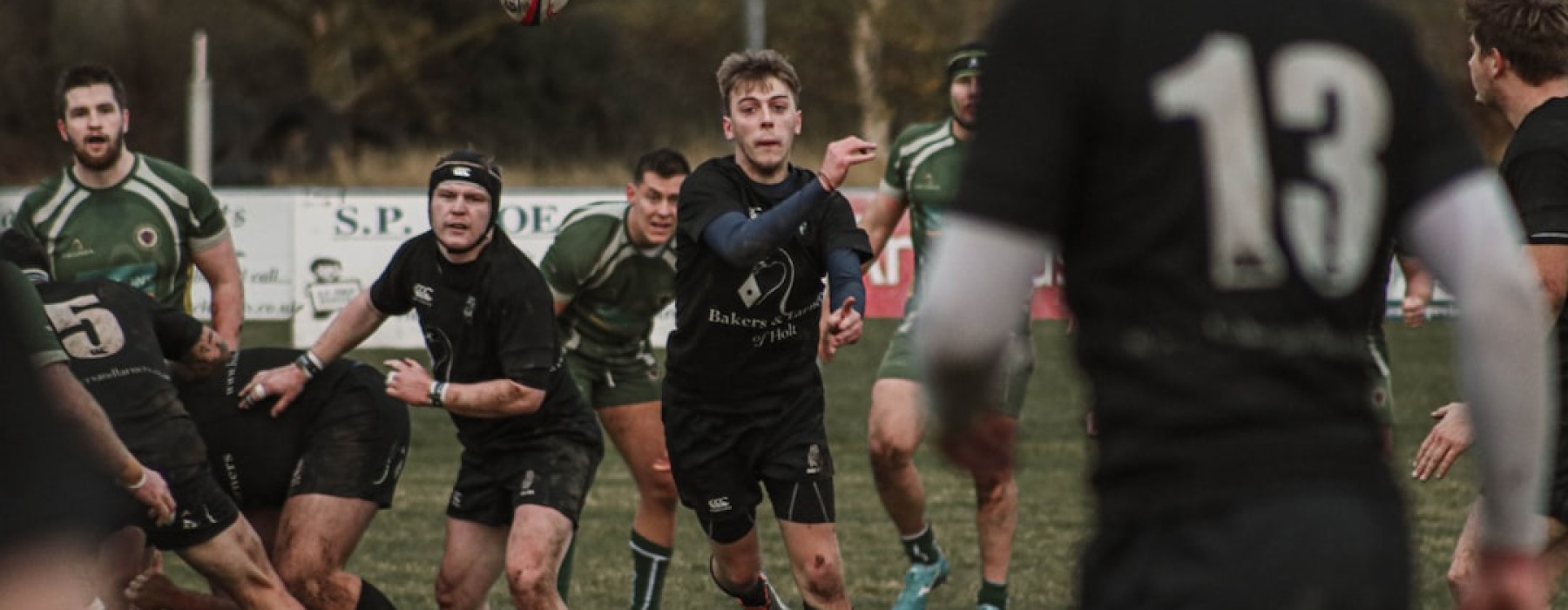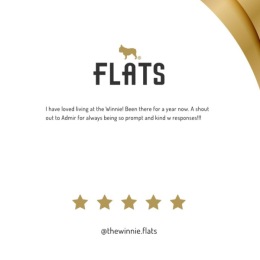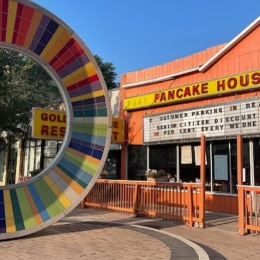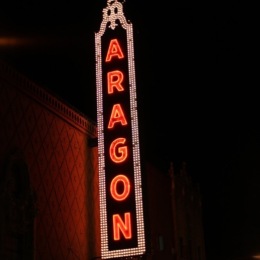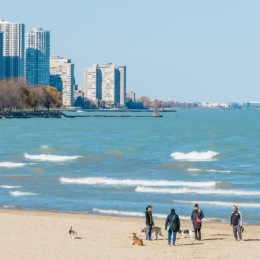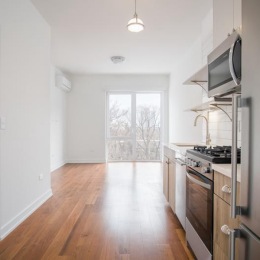Why Sports Clubs Are More Than Just Places to Exercise
A sports club is a group of people who come together to play one or more sports, but it's evolved into something much bigger than that basic definition suggests. These organizations range from small amateur groups with volunteer members to large commercial operations with professional teams and thousands of supporters.
Quick Sports Club Overview:
- Definition: Organizations focused on specific sports or multiple athletic activities
- Types: Single-sport clubs, multi-sport facilities, amateur leagues, professional teams
- Key Features: Shared facilities, member governance, community focus, skill development
- Common Sports: Tennis, soccer, swimming, fitness classes, basketball, volleyball
- Membership: Monthly dues, initiation fees, trial passes available
- Benefits: Athletic training, social networking, leadership development, family programs
The modern sports club traces back to Friedrich Ludwig Jahn's Turners movement in Berlin in 1811. Today's clubs have transformed into community hubs that blend serious athletic training with social connection and personal development.
Unlike regular gyms that focus purely on individual fitness, sports clubs emphasize community ownership and shared experiences. Members often participate in governance through volunteer boards, and many clubs offer everything from youth camps to leadership training programs.
The numbers tell the story of their popularity: The Scheck Club in Munich offers over 80 group fitness classes weekly, while Rowan University's Sport Club Program serves as "a training ground for leadership and organizational development." These aren't just workout spaces - they're places where people build lasting relationships around shared athletic interests.
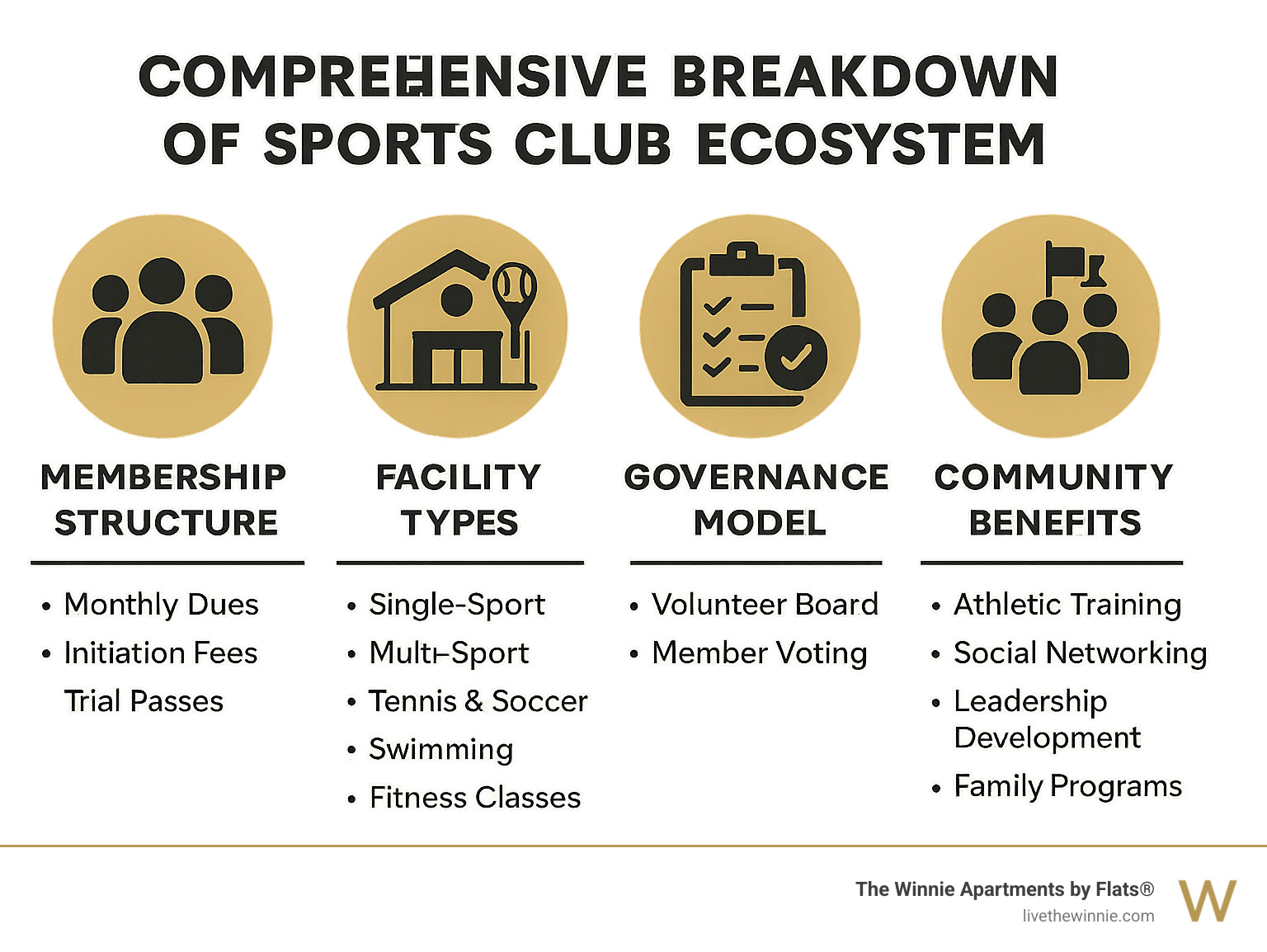
What Exactly Is a Sports Club?
At its core, a sports club is a registered organization that promotes and develops interest in particular sports or physical activities. But the reality is far more nuanced than this simple definition suggests.
The concept originated with Friedrich Ludwig Jahn's Turners movement at Volkspark Hasenheide in Berlin in 1811, which established the foundation for modern sports clubs. This movement emphasized both physical fitness and community building - principles that remain central to sports clubs today.
Modern sports clubs exist on a spectrum from purely amateur to fully professional operations. Rowan University Sport Clubs exemplify the educational approach, offering competitive, semi-competitive, and recreational activities that serve as training grounds for leadership development and organizational skills.
The governance structure sets sports clubs apart from commercial fitness facilities. Most clubs operate with member-elected boards, volunteer committees, and democratic decision-making processes. This means members have a real voice in how their club operates, from facility improvements to program offerings.
Sports clubs generate revenue through multiple streams: associate member fees, sponsorship contracts, merchandising, TV rights, and transfer fees for professional clubs. This diversified approach often makes them more financially stable than traditional gyms that rely primarily on membership fees.
The beauty of sports clubs lies in their flexibility. They can focus on a single sport like tennis or soccer, or offer multiple disciplines under one roof. Many clubs maintain both amateur and professional departments, allowing recreational players to train alongside elite athletes.

Types & Facilities That Set Sports Clubs Apart
Sports clubs come in various forms, each designed to serve different community needs and athletic goals. Understanding these differences helps explain why they've become such popular alternatives to traditional fitness facilities.
Single-Sport Clubs focus intensively on one discipline. Tennis clubs might offer 16 outdoor courts with floodlights and 13 indoor courts for winter play, like the Scheck Club in Munich. Soccer clubs often feature multiple field sizes and indoor facilities for year-round training.
Multi-Sport Clubs provide diverse options under one membership. The Sporting Club at the Bellevue in Philadelphia showcases this approach with 225+ weekly group fitness classes, pickleball courts, golf simulators, pools, and even grooming services - all within 100,000 square feet of space.
The facility differences are striking. Where regular gyms focus on cardio and weight equipment, sports clubs invest in specialized infrastructure:
- Tennis Courts: Both indoor and outdoor options with professional-grade surfaces
- Padel Courts: The trending racquet sport from Spain, with 6 premium outdoor courts and 1 indoor court at top facilities
- Soccer Halls: Climate-controlled indoor fields with multiple court sizes
- Recovery Lounges: Dedicated spaces for post-workout regeneration
- Event Spaces: Multi-purpose rooms for tournaments, social gatherings, and community events
Sports club research results show that European clubs traditionally accept the multi-sport model, while North American facilities often focus on single sports or franchise-style operations.
| Feature | Single-Sport Club | Multi-Sport Club |
|---|---|---|
| Specialization | Deep expertise in one sport | Broad range of activities |
| Facilities | Sport-specific courts/fields | Diverse facility types |
| Community | Tight-knit, sport-focused | Varied interests, larger network |
| Coaching | Elite-level instruction | Multiple coaching disciplines |
| Events | Sport-specific tournaments | Varied social and athletic events |

Sports Club vs Regular Gym
The distinction between a sports club and a regular gym goes far beyond the equipment on offer. While both serve fitness needs, their approaches to community, governance, and member experience differ significantly.
Community Ownership represents the biggest difference. Sports clubs operate with member governance structures where participants vote on policies, elect boards, and shape the club's direction. Regular gyms typically function as commercial businesses with corporate decision-making.
Class Variety and Specialization also set sports clubs apart. While gyms might offer 20-30 weekly classes, sports clubs like the Scheck Club provide over 80 group fitness sessions weekly, plus sport-specific training in tennis, soccer, and padel.
Skill Development Focus distinguishes sports clubs from general fitness facilities. Clubs invest in certified coaches, structured training programs, and progressive skill-building curricula. Members don't just work out - they develop expertise in specific sports.
Social Integration happens naturally in sports clubs through team practices, tournaments, and club events. The shared focus on specific sports creates stronger bonds than the individual workout culture typical of commercial gyms.
Long-term Commitment characterizes sports club membership. While gyms see high turnover, sports clubs build lasting relationships. Members often participate for years or decades, developing deep connections with fellow players and coaches.
For Chicago residents, this community aspect becomes particularly valuable. More info about Sports Bars in Uptown shows how the neighborhood already accepts sports culture, making sports clubs a natural extension of local lifestyle preferences.
How to Choose the Right Sports Club
Selecting the right sports club requires careful consideration of your athletic goals, social preferences, and practical needs. The decision impacts not just your fitness routine, but your entire social and recreational lifestyle.
Location and Accessibility should top your priority list. The best club means nothing if you can't consistently attend. Consider commute times, parking availability, and public transportation options. For Uptown Chicago residents, proximity to home base matters significantly for maintaining regular participation.
Facility Assessment requires a thorough walkthrough. Look for:
- Court/field quality and maintenance standards
- Equipment age and replacement schedules
- Locker room cleanliness and amenities
- Safety equipment and protocols
- Accessibility features for all members
Trial Passes offer invaluable insight before committing. Many clubs provide day passes or short-term memberships. Brooklyn Sports Club, for example, offers summer promotions that let newcomers experience the full facility before making long-term commitments.
Coach Credentials matter tremendously for skill development. Research coaching certifications, playing backgrounds, and teaching experience. The New York Athletic Club's global reputation stems partly from its world-class coaching staff who support athletes at Olympic levels.
Community Fit determines long-term satisfaction. Observe existing members during visits. Do they match your age range, skill level, and social preferences? Sports clubs with strong community cultures often have lower turnover and higher member satisfaction.
Program Variety ensures sustained interest. Look for clubs offering multiple skill levels, from beginner-friendly sessions to competitive teams. Rowan University's model of competitive, semi-competitive, and recreational options provides excellent guidance for what comprehensive programming looks like.
Financial Transparency prevents surprises. Request detailed fee schedules including initiation costs, monthly dues, court fees, and additional charges. Understanding the full financial commitment helps avoid budget strain later.
More info about Community Living Chicago highlights how choosing the right recreational facilities improves overall neighborhood experience and community connection.
Joining & Belonging: Inside Sports Club Life
Sports club membership creates a unique social ecosystem that extends far beyond athletic participation. Understanding this culture helps explain why members often develop lifelong connections and why clubs maintain such strong retention rates.
Membership Tiers typically reflect different levels of involvement and access. Basic memberships might include facility access and group activities, while premium tiers add privileges like priority court booking, guest passes, and exclusive events. Some clubs offer family packages that include youth programs and camps.
Initiation Fees serve multiple purposes beyond revenue generation. They demonstrate commitment to the club community and help maintain stable membership. Brooklyn Sports Club's $70 summer initiation fee represents the lower end of the spectrum, while prestigious clubs like the New York Athletic Club command significantly higher entry costs.
Financing Models vary considerably. Some clubs operate as non-profits with volunteer boards and minimal overhead, while others function as commercial enterprises. The Scheck Club's model includes hotel accommodations and event hosting, creating diverse revenue streams that support extensive programming.
Volunteer Boards give members direct input into club operations. These democratic structures handle everything from facility improvements to social event planning. Many members find board service rewarding, developing leadership skills while contributing to their community.
Athlete Development programs cater to all skill levels. Youth programs introduce children to sports fundamentals, while advanced training prepares competitive athletes for tournaments and championships. The progression from recreational to competitive participation keeps members engaged long-term.
Leadership Training emerges naturally through club participation. Members learn organizational skills, event planning, and team management through volunteer roles and committee work. Rowan University specifically highlights this aspect, noting how sport clubs serve as "training grounds for leadership and organizational development."
The Membership Process Step-by-Step
Joining a sports club involves more than simply paying fees and showing up. The process typically includes several stages designed to ensure good fit between new members and existing club culture.
Application and Initial Contact usually begins with facility tours and information sessions. Many clubs hold regular open houses where prospective members can meet current participants, observe activities, and ask questions. The Sporting Club at the Bellevue encourages facility tours to showcase their 100,000 square feet of amenities.
Trial Sessions allow hands-on experience before commitment. These might include guest passes for specific activities, trial classes, or temporary memberships. Sports Planet in the Netherlands offers trial lessons for newcomers, providing structured introduction to various sports offerings.
Orientation Programs familiarize new members with club policies, facility layouts, and available programs. This stage often includes safety briefings, equipment demonstrations, and introduction to coaching staff. Comprehensive orientation reduces confusion and helps newcomers integrate quickly.
Dues Structure varies by club type and location. Monthly fees might range from basic access to premium all-inclusive packages. The Sporting Club at the Bellevue offers different membership levels, with various pricing tiers and promotional periods for new members.
Digital Integration has become standard practice. Most clubs now use apps for court booking, class registration, and member communication. The Scheck Club provides a dedicated app for iOS and Android, streamlining the member experience and improving engagement.
Member Benefits extend beyond facility access. These often include guest privileges, reciprocal access to partner clubs, priority registration for popular programs, and discounts on pro shop merchandise or food services.
Perks That Go Beyond Sweat
Sports club membership delivers value far beyond athletic training. The social, networking, and personal development opportunities often become the most treasured aspects of club participation.
Networking Events create professional connections in relaxed settings. Many clubs host business mixers, charity fundraisers, and industry-specific gatherings. The New York Athletic Club's reputation for hosting business and political leaders exemplifies how sports clubs serve as networking hubs.
Social Mixers build friendships through shared interests. These events might include wine tastings, holiday parties, or themed celebrations. The Scheck Club's event spaces accommodate various social gatherings, from intimate member meetups to large-scale celebrations.
Family Programs make clubs intergenerational community centers. Youth camps, family tournaments, and parent-child classes create opportunities for shared experiences. Tennis camps during school holidays, like those offered at the Scheck Club, provide structured activities while building family connections to the club.
Tournament Participation adds competitive excitement to regular training. Internal tournaments create friendly rivalry among members, while external competitions represent the club in broader athletic communities. These events often become annual traditions that members eagerly anticipate.
Community Service projects channel club energy toward broader social good. Many clubs organize charity events, youth coaching programs, or facility sharing with local schools. This outreach builds positive community relationships while giving members meaningful volunteer opportunities.
Educational Workshops cover topics from nutrition and injury prevention to equipment selection and strategy development. Expert speakers, coaching clinics, and skill-building seminars add intellectual engagement to physical activity.
Travel Opportunities include group trips to professional sporting events, training camps, or tournaments in other cities. These shared experiences create lasting memories and strengthen club bonds.
From Munich to Chicago: Global Traditions & Iconic Sports Clubs
Sports club culture varies dramatically across different countries and regions, reflecting local traditions, available space, and cultural attitudes toward recreation and community building.
European Multi-Sport Tradition emphasizes comprehensive athletic development under unified club structures. The Scheck Club in Munich exemplifies this approach with tennis, soccer, padel, fitness, and hotel services sharing common branding and facilities. This model creates strong club identity and member loyalty across multiple activities.
German Club Culture particularly accepts the multi-sport concept. LSV Hamburg e.V. recently celebrated 400 members in just its tennis division, while also supporting basketball, table tennis, sailing, golf, and angling. This diversity allows families to participate in different sports while maintaining single club membership.
North American Specialization tends toward single-sport focus or franchise-style operations. University programs like Rowan's Sport Club system bridge this gap by offering multiple sports under institutional umbrellas, but with individual club governance and identity.
Dutch Innovation appears in facilities like Sports Planet, which combines traditional sports with emerging activities like padel. Their integration of digital booking through the Playtomic app demonstrates how European clubs accept technology while maintaining community focus.
Naming Conventions reflect cultural differences. European clubs often incorporate location names (LSV Hamburg) or founder references (Scheck Club), while American facilities frequently use descriptive terms (Brooklyn Sports Club) or institutional affiliations (New York Athletic Club).
Facility Integration varies by region. European clubs commonly include restaurants, hotels, and event spaces as integral club components. The Scheck Club's 32-room hotel and event facilities represent this comprehensive approach, creating year-round revenue and member engagement.
Standout Examples & Their Signature Sports
Iconic Sports Clubs worldwide demonstrate different approaches to community building and athletic excellence, each contributing unique innovations to the broader sports club movement.
The New York Athletic Club (founded 1868) represents American sports club heritage at its finest. Supporting athletes at Olympic levels while maintaining world-class facilities for recreational members, NYAC demonstrates how clubs can serve both elite and amateur participants. Their winged-foot emblem has become synonymous with athletic excellence globally.
Scheck Club Munich showcases European multi-sport integration. With 16 outdoor tennis courts (5 with floodlights), 13 indoor courts, 6 premium outdoor padel courts, and 1 indoor padel court, plus soccer facilities and comprehensive fitness offerings, they've created a true athletic village. Their 80+ weekly group fitness classes demonstrate commitment to diverse member interests.
Soccer Hall Innovation appears in facilities like the Scheck Club's climate-controlled indoor soccer courts with multiple sizes and excellent lighting. This year-round approach to outdoor sports has become essential in regions with challenging weather conditions.
Olympic Support Programs distinguish clubs like NYAC, which maintains training facilities and coaching staff capable of developing world-class athletes. This dual mission of serving recreational members while supporting elite competition creates unique club culture and prestige.
Padel Growth represents current sports club innovation. Originally from Spain, padel has exploded across European clubs. The Scheck Club's investment in 7 total padel courts (6 outdoor, 1 indoor) reflects how forward-thinking clubs adapt to emerging sports trends.
Leadership Development programs like those at Rowan University create lasting impact beyond athletic training. By emphasizing organizational skills, teaching abilities, and community leadership, these clubs prepare members for success in all life areas.
Technology Integration varies significantly. Progressive clubs use apps for booking, member communication, and program registration. Sports Planet's Playtomic integration automatically applies member discounts and streamlines court reservations, demonstrating how technology can improve rather than replace community connection.
Beyond Fitness: Health, Social Impact & Future Trends
Sports clubs deliver benefits that extend far beyond physical fitness, creating ripple effects throughout communities and individual lives. Understanding these broader impacts helps explain why club membership often becomes a lifestyle choice rather than simply a recreational activity.
Mental Wellness benefits from sports club participation include stress reduction, improved mood, and improved cognitive function. The combination of physical activity, social interaction, and skill development creates a powerful mental health support system. Regular participation in club activities provides structure and purpose that many members find invaluable.
Injury Prevention receives focused attention in quality sports clubs through proper coaching, equipment maintenance, and safety protocols. Unlike solo fitness activities, club participation includes oversight from trained professionals who can identify and correct technique problems before they cause injury.
Social Cohesion strengthens communities through shared experiences and common goals. Sports clubs create connections across age, profession, and background lines that might not occur in other settings. The democratic governance structure of many clubs further builds civic engagement and leadership skills.
Youth Development programs introduce children to teamwork, discipline, and goal-setting in supportive environments. Tennis camps, soccer schools, and junior programs create positive alternatives to less structured activities while building lifelong healthy habits.
Digital Integration continues evolving with booking apps, virtual training options, and online community platforms. The Scheck Club's iOS and Android apps demonstrate how technology can improve member experience without replacing personal interaction.
Sustainability Initiatives increasingly influence club operations. Energy-efficient lighting, water conservation systems, and eco-friendly facility management reflect growing environmental consciousness among members and operators.
Esports Integration represents emerging trend as clubs explore how digital competition can complement traditional sports. Some facilities now include gaming areas and esports tournaments alongside conventional athletic programming.
Scientific research on community sports health consistently demonstrates positive correlations between organized sports participation and overall community wellbeing, supporting continued investment in club infrastructure and programming.

Frequently Asked Questions About Sports Clubs
What's the difference between a sports club and a health club?
Sports clubs focus on specific athletic activities with community governance and skill development, while health clubs emphasize individual fitness through equipment and classes. Sports clubs typically offer specialized coaching, competitive opportunities, and member-driven programming. Health clubs prioritize convenience and individual workout flexibility.
The governance structure creates the most significant difference. Sports clubs operate with member boards and democratic decision-making, while health clubs function as commercial businesses with corporate management. This affects everything from facility improvements to program offerings.
Community building also differs substantially. Sports clubs create lasting relationships through shared athletic interests, team participation, and club events. Health clubs serve individual fitness goals with less emphasis on social connection or long-term community development.
How much does it typically cost to join a sports club?
Sports club costs vary dramatically based on location, facilities, and club prestige. Initiation fees might range from modest amounts for local clubs to substantial investments for prestigious facilities. Monthly dues similarly reflect facility quality and program comprehensiveness.
Many clubs offer multiple membership tiers with different access levels and privileges. Family packages often provide better value for households with multiple participants. Some clubs include additional fees for court time, lessons, or special events.
Trial memberships and day passes provide cost-effective ways to evaluate clubs before committing to full membership. Seasonal promotions, like Brooklyn Sports Club's summer offers, can significantly reduce initial costs for new members.
Can beginners join, or do you need prior athletic experience?
Most sports clubs welcome beginners and offer structured programs for new participants. Many clubs specifically design introductory classes, beginner leagues, and coaching programs to help newcomers develop skills and confidence.
The key is finding clubs with appropriate beginner support. Look for facilities offering multiple skill levels, patient coaching staff, and welcoming community culture. Sports Planet's trial lesson programs demonstrate how quality clubs help newcomers get started safely and enjoyably.
Progressive skill development programs allow beginners to advance at comfortable paces while building relationships with other members. Many clubs pair new members with experienced players for mentoring and encouragement.
Conclusion
Sports clubs represent far more than athletic facilities - they're community hubs that blend fitness, social connection, and personal development into comprehensive lifestyle experiences. From the historic New York Athletic Club to innovative European multi-sport facilities, these organizations demonstrate how shared athletic interests create lasting bonds and meaningful communities.
The benefits extend well beyond physical fitness. Members develop leadership skills through club governance, build professional networks through social events, and create family traditions through youth programs and tournaments. The democratic structure of most clubs gives members real voice in shaping their recreational experiences.
For residents of Uptown Chicago, the sports club concept aligns perfectly with the neighborhood's existing sports culture and community focus. The area's established sports bar scene and recreational amenities create an ideal environment for sports club participation and development.
At The Winnie Apartments, we understand how important recreational and community amenities are to our residents' quality of life. Our location in vibrant Uptown Chicago provides easy access to diverse sports and fitness opportunities, from established facilities to emerging club options. The combination of modern apartment living and rich community resources creates the perfect foundation for active, engaged lifestyles.
Whether you're drawn to the competitive aspects of sports club participation, the social connections, or the skill development opportunities, these organizations offer unique value that traditional fitness facilities simply can't match. The investment in club membership often pays dividends in health, friendship, and personal growth that extend far beyond the athletic arena.
More info about sportsbars in the Uptown area shows how our neighborhood already accepts sports culture, making it an ideal location for residents interested in exploring sports club membership and community athletic participation.


